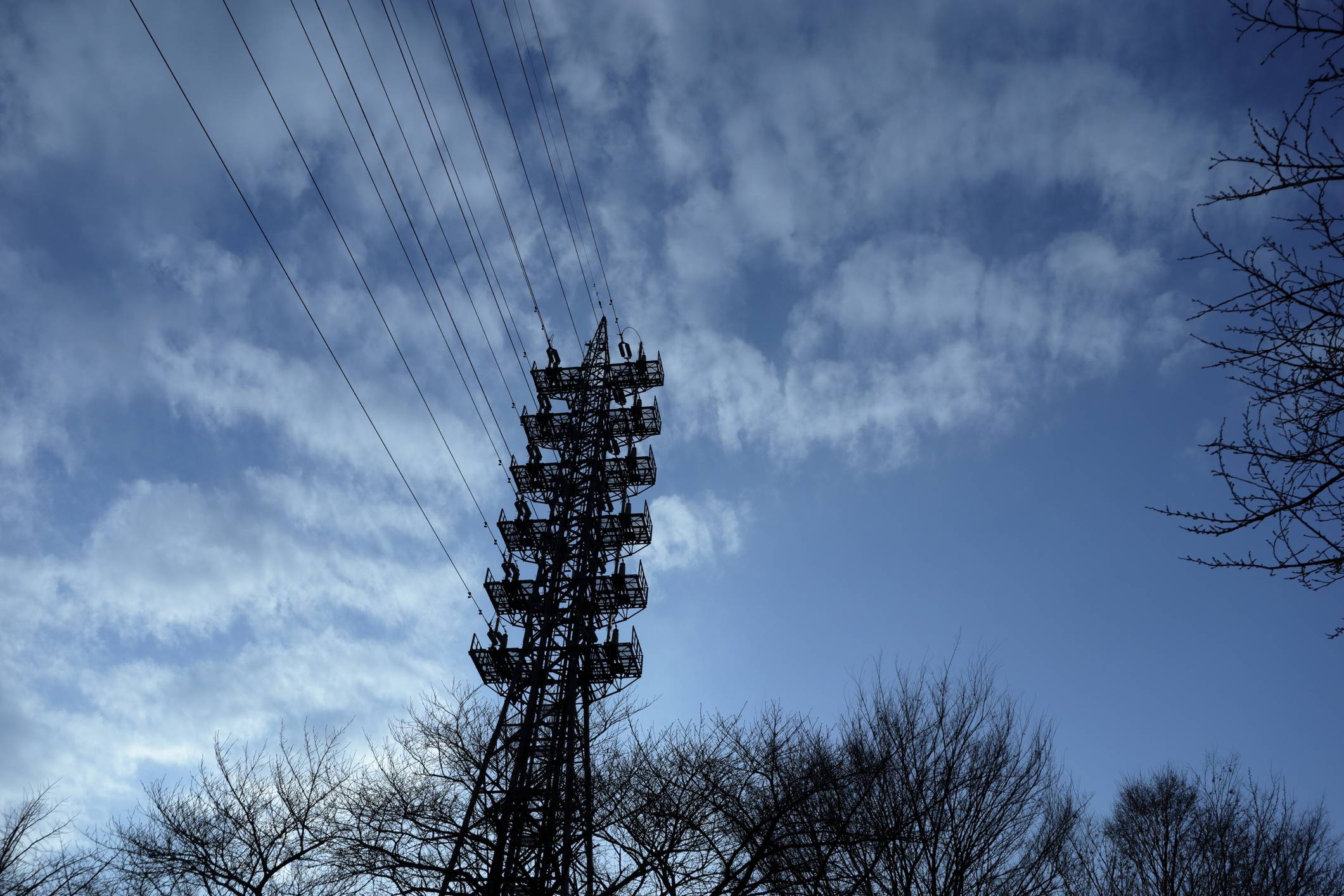Next month, 10 years will have passed since the meltdown of three Fukushima nuclear reactors. Since that time, Japan has relied mainly on its aging thermal generators for its power needs, with solar power and other forms of renewable energy only supplying a small fraction of demand.
Peak power demand typically occurs during the summer months, when air conditioners are cranked up to maximum settings. One thing no one has counted on, however, is high demand during winter. The winter of 2020-21 has been an unusually cold one, with temperatures around the country plunging to levels seen perhaps only once in a decade, and this has sent chills down the spines of utility firms.
According to online news service Gendai Business (Jan. 22), between 4 p.m. and 5 p.m. on Dec. 14, power demand in Tokyo reached 95% of total capacity — a level seldom reached even in summer. The same day in Kansai, between 5 p.m. and 6 p.m., demand soared to 98%. Data from the Federation of Electric Power Companies of Japan shows that in all nine regions of Japan, demand that day for electricity reached or exceeded 95% of capacity.


















With your current subscription plan you can comment on stories. However, before writing your first comment, please create a display name in the Profile section of your subscriber account page.